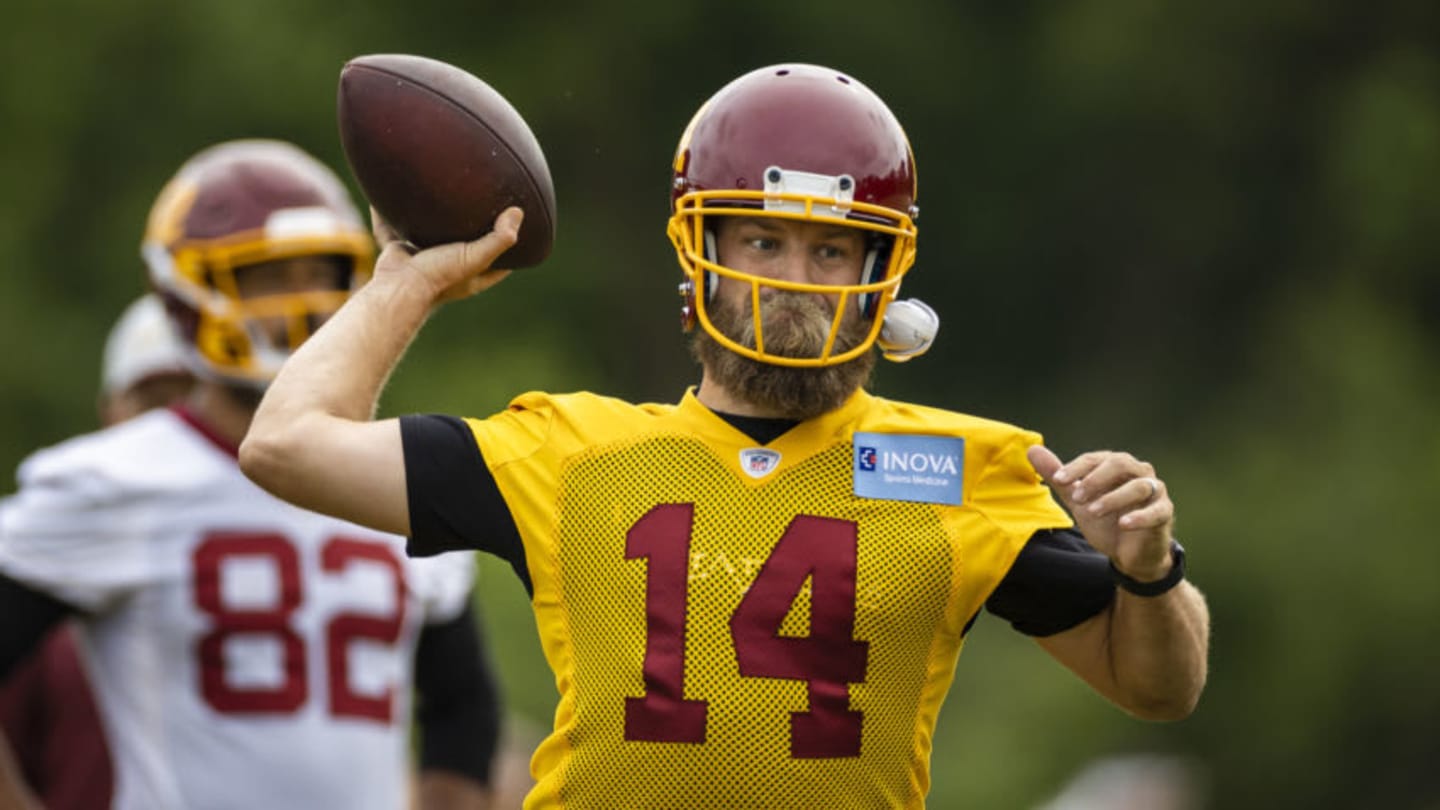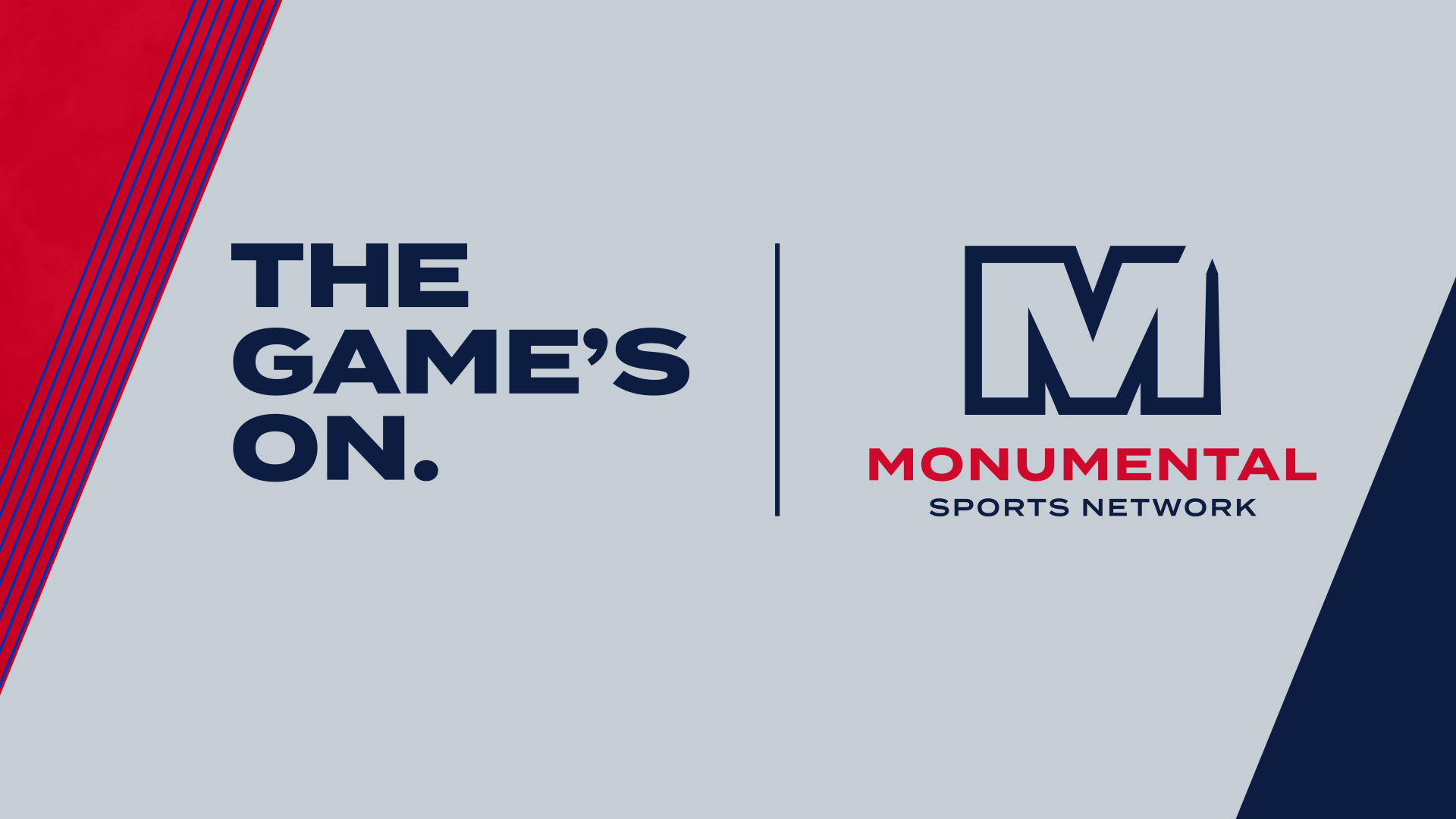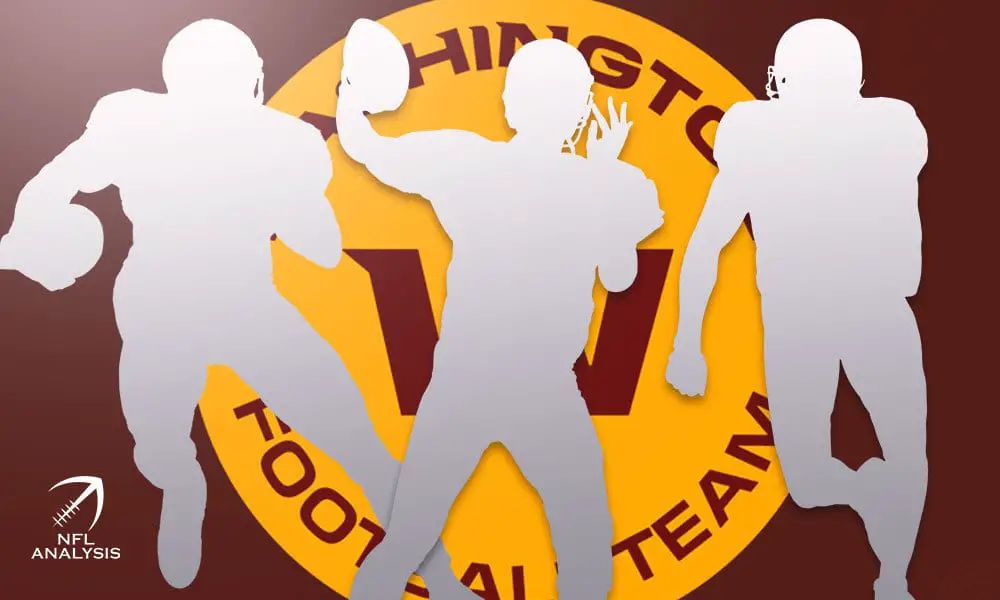- Thread starter
- #541
RIP Ron Saul
hopefully this pays off but really fed ex is a poor venue to watch a game . costs to much for crappy views
Grass somewhat gives, the turf monster "holds on" at times causing more injuries.This is good news. I'm surprised they didnt go to field turf and are staying with grass.






 www.nflanalysis.net
www.nflanalysis.net

You have seen it. 4-3 under; 4-3 over .... dictated by down and distance, players on the field. Then you can work stuff off of it by showing a look but then changing it or dropping someone. This will give a little more in depth explanation.
Experimenting With Different Looks to Washington’s Front Seven
Defensive depth could allow coordinator Jack Del Rio to get creativewww.hogshaven.com
we could see this some
 Image courtesy of BigBlueView blog via Google images.
Image courtesy of BigBlueView blog via Google images.

thanks for the breakdown sportster !You have seen it. 4-3 under; 4-3 over .... dictated by down and distance, players on the field. Then you can work stuff off of it by showing a look but then changing it or dropping someone. This will give a little more in depth explanation.
Alignments
We can throw all of that out when it comes to the 4-3 under alignments for our front seven (excluding the weak side end).
In the 4-3 under, the 3-technique will align to the outside shoulder of the weak side offensive guard, and the 1-technique will man the outside shoulder of the center. From here, the strong side defensive end will man the 5-technique position on the outside shoulder of the offensive right tackle.
This gives us the following defensive linemen alignments:
Image courtesy of BigBlueView blog via Google images.
You may be asking yourself, what about the tight end? This is where we get the major difference between the over and under formations.
By now it should be fairly straight forward to recognize the gap assignments for each of the defensive linemen. The weak side end will contain the weak side C gap, the 3-technique has the weak side B gap, the 1-technique has the strong side A gap, and the strong side end will take the strong side C gap:

Given that there are seven gaps total, let’s examine the gap responsibilities of the remaining members of the front seven.
We know that the WILL linebacker always follows the 3-technique. This means that whichever side of the formation the 3-technique is on, the WILL will be about five yards behind him. Looking at the image above, we can then see that the WILL is responsible for the weak side A gap.
We also know that the MIKE plays the middle assignment, between the WILL and SAM. Thus, our MIKE will line up just inside the strong side end, about five yards off the line of scrimmage. So which gap is he responsible for? Exactly; the strong side B gap.
Last, but not least, we have the alignment of the SAM linebacker. This is where things get shaken up the most.
Up to this point, we’re used to the linebackers playing about five yards off the line of scrimmage. That’s not the case with the SAM linebacker in the 4-3 under. Because of the shifted formation, we’re actually going to line the SAM up in a two-point (no hand on the ground) stance, in the 7-technique alignment, just off the shoulder of the tight end. This results in the SAM retaining the strong side D gap assignment:

So you may be thinking, why put the SAM down on the line? He can just cover the D gap from five yards off the line, similar to his B gap responsibilities in the 4-3 over. Let’s dive into that.
Why the shift?
Let’s take the most obvious perspective first: the 4-3 under allows you to have another player on the line of scrimmage, which raises your odds of a negative or neutral gain on a run play.
If the SAM has less distance to travel, he will be able to get to the point of attack (where the ball carrier crosses the line of scrimmage) in less time. This is helpful when your SAM (like most SAMs) is a slower or sluggish mover, and won’t get to his gap in time.
A similar reason for moving the SAM to the line of scrimmage is down and distance. If the offense only needs a yard (or less) to gain a first down, you want to move more players closer to the point of attack to minimize the distance they need to travel to make contact and prevent the conversion.
When they say football is a game of inches, they aren’t kidding.
Finally, sometimes you may have a SAM who isn’t necessarily the most athletic player moving in a direction, but is big, strong, and is able to hold up against a big, 6’3″+ tight end looking to mow him over. In this case, you like your odds of sticking the SAM on him for a run play.
You have to be careful here, though, because if you’re playing man coverage and the offense runs a passing play, your less athletic SAM will potentially be tasked with covering a tight end, which may be a losing battle.
It’s all about match-ups.
So which do I choose?
Over the course of a normal week in the fall, the team’s coaches will review tape on the upcoming opponent. They scout strengths and weaknesses, plays the offense and defense will run, personnel changes, etc.
Another thing they’ll look for, is what type of play a team likes to run from a particular personnel grouping. They’ll look at what type of tight end the opposing team has, and whether they like the match-up with their SAM.
The formations used all depend on the offense’s tendencies, the down and distance, SAM vs. TE matchup, and the type of SAM you’ve got. The coaches will figure all this into the game plan for a given week, and make the formation determination throughout the course of the game.
In next week’s post, we’re going to dive into the “Nickel” formation, some of the similarities and differences it has to the base 4-3, and situations in which you’ll run it. This is perhaps the most commonly used pass coverage that teams employ today, so next week’s post is very important towards understanding defensive schemes.